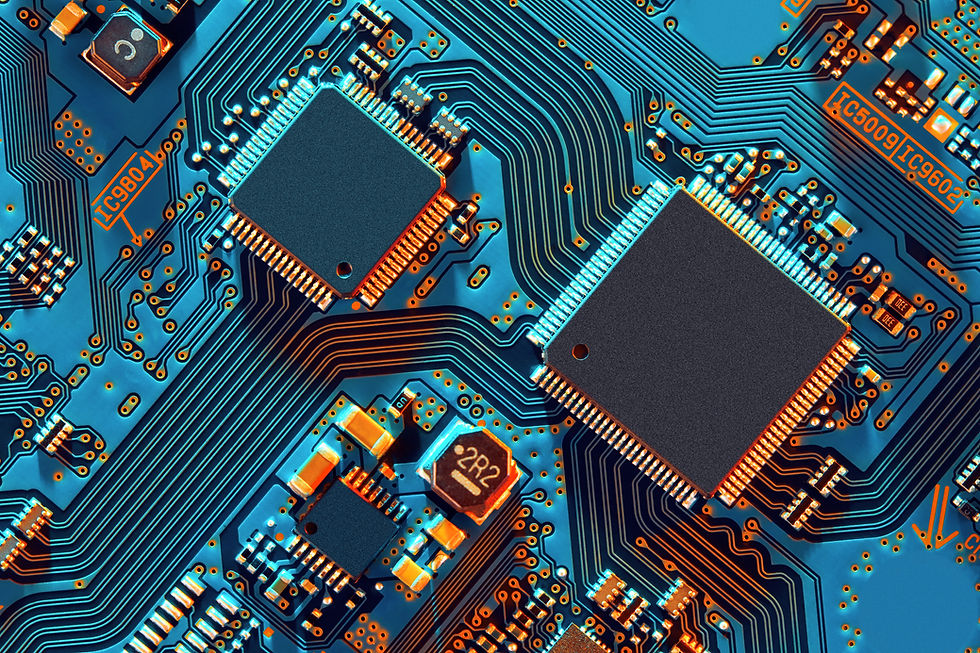Collab: Digital Twins in Healthcare (Part I)
- Aarti Olsson
- Jul 5, 2024
- 2 min read
Updated: Jul 26, 2024
This article was written with A/Prof Sarah Hughes, check out the original post here.
Unlocking the Future of Healthcare with Digital Twins
I am excited to collaborate with Aarti Olsson to create a three-part series on Digital Twins (DTs) in Healthcare. Aarti is equally passionate about advancing the digital landscape and sharing insights with others. Together, we aim to deepen your understanding of DTs' applicability in healthcare.
DTs emerge as a transformative technology in the rapidly evolving healthcare landscape. A DT is a virtual replica of a real-world entity continuously updated with real-time data to mimic its behaviour. This innovative concept extends from complex machines like jet engines to biological systems such as individual plants and human beings. DTs offer immense potential in healthcare to revolutionise patient care and population health management.
What is a Digital Twin (DT)? A DT is a dynamic, virtual model of a physical object or system. It could represent a patient's physiological processes or a population's healthcare trends. DTs are created using data from various sources, including electronic health records (EHRs), wearable devices, genetic information, and environmental sensors. By simulating real-world conditions, DTs enable healthcare providers to monitor, predict, and optimise health outcomes remotely.

Image Credit: JPM | Free Full-Text | Digital Twins: From Personalised Medicine to Precision Public Health
Applications in Healthcare:
Complex Machinery and Infrastructure: Digital twins monitor and optimise the performance of medical equipment and hospital infrastructure.
Agriculture: DTs help manage crop growth by monitoring environmental conditions and nutrient levels, ensuring optimal and sustainable farming practices.
Digital Twins in Population Health: Population health focuses on improving the health outcomes of entire communities. A population health digital twin aggregates data from public health records, environmental sensors, and anonymized patient information to create a virtual model of the population. In analysing this data, DTs can identify health trends, predict outbreaks, and guide public health interventions.
Digital Twins for Individual Patients: A patient digital twin is a personalised, real-time model of an individual's health status. This model integrates data from EHRs, wearables, and genetic information, providing a comprehensive view of the patient's health. Patient DTs can predict disease risk, recommend preventive measures, and simulate treatment responses, enabling personalised and proactive healthcare.
Digital twins represent a powerful tool for leveraging data to improve health outcomes. From enhancing precision medicine to optimising population health management, DTs hold the promise to transform healthcare delivery. The potential for better, more efficient care grows exponentially as we innovate and integrate DTs into healthcare systems.
Stay tuned for our comprehensive series that will explore the transformative potential of DTs in improving healthcare outcomes.




Comments